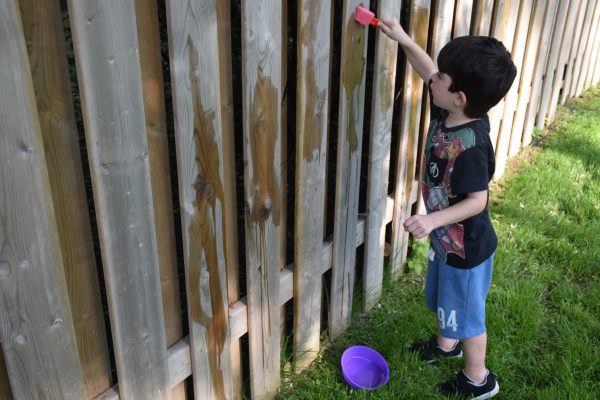Learning how to navigate the school system can be a challenge for any parent, especially one with a child with an exceptionality. Educators interact daily with you, as well as with your child. The type of relationships you form in school will help set the stage for optimal learning and growth. This helps you advocate for your child, particularly if you are going through or have gone through the process of receiving a diagnosis for your child. It is important for parents and educators to work collaboratively. Bridging the gap between home and school creates a positive school climate. Knowing how to advocate for your child is the first step in navigating the school system.
Effective strength-based partnerships help you advocate for your child
Establishing an effective strength-based partnership allows you to navigate through what can be a very overwhelming time. This collaboration leads to co-operation and support that can make a real difference in how your chid views themselves as learners. Many children are not aware of their individual learning needs or of a possible diagnosis. The behavior associated because of this lack of knowledge can have a severe impact on their academic and social skills. According to Carter (2002), “a positive school climate and collaboration is an essential link to raising student achievement.” When students are aware of their strengths and challenges, and accept those qualities, they are more likely to be confident and self-advocate for themselves.

What makes effective partnerships?
believes effective partnerships involves the three C’s – Connect, Communicate, Collaborate. It is the responsibility of the classroom teacher to continuously assess the learning needs of their students. However, in the end, parents are the experts on their children and pivotal to the success of their child. Also, families need to keep in mind that teachers have a unique perspective and experience with their students.
Teachers are cognizant of various situations that parents may not be aware of that help provide insight into the overall profile of a child as a learner. According to Lynn Ziraldo (Strategic Advisor for LDAYR), “By focusing on the child and developing effective communication techniques, you can work together to build an educational plan that meets the child’s needs and has the support of school and family.”
10 essential steps for navigating the school system
- Know your rights as well as your child’s. Each school district may have slightly different policies and supports. Know how the system is organized and administered. Review the information on the school systems’ website. Ask for a list of services (and contact information) that are available to your child.
- Build rapport. Request to meet with the teacher early in the school year and set up a procedure for follow up.
- Utilize active listening and treat each other as equal partners in the planning and decision-making process. According to Steven Covey (7 Habits of Highly Effective People, 1989), “Seek first to understand, then to be understood.”
- Ask questions whenever you need clarification. Terms and procedures may be new to you. This is an opportunity to clear up any misunderstandings.
- Share information about your child. Focus on your child’s strengths, areas of challenge, and interests. An “All About Me” advocacy card is a great way to get your child involved in the process.
- List questions before attending a meeting. This helps keep emotionalism from obstructing your goal and ensures that major questions are answered.
- Identify a shared purpose/need/goal. Concentrate on determining a positive course of action.
- Be part of the solution. Identify strategies that work and those that don’t by emphasizing what’s right versus who is right.
- Identify roles and responsibilities. Determine the ways in which parents and teachers can share responsibilities to ensure generalization of skills.
- Monitor the progress of the action plan. Evaluating the action plan will determine what changes are necessary. Whenever possible, involve your child in the process to gain their perspective. In the end, it is all about them!
Parents and teachers want was is best for a child. A strong positive relationship is essential in helping overcome obstacles, build confidence and cope with stress more effectively. That paves the way for learning!
Resources:
- Arnold and McLeod, How to Explain a Diagnosis to a Child: An Interactive Resource Guide for Parents and Professionals, 2017
- Friend and Bursuck, Including Students with Special Needs: A Practical Guide for Classroom Teachers (6th Edition), 2012
- Steven Covey, 7 Habits of Highly Effective People: Powerful Lessons in Personal Change, 1989
- M:\LDAYR\Kit Drawer\General\Build a Positive Parent Teacher Relationship.pdf.
- http://www.edu.gov.on.ca/eng/document/policy/os/onschools_2017e.pdf
- http://www.edu.gov.on.ca/eng/general/elemsec/speced/shared.pdf
- https://www.ldatschool.ca/self-advocacy/a-teachers-journey-with-student-self-advocacy/
Thank you to Lynn Ziraldo (Strategic Advisor for the LDAYR) for collaborating with Janet Arnold (Savvy Sassy Moms) on this article.
Share this Post







